
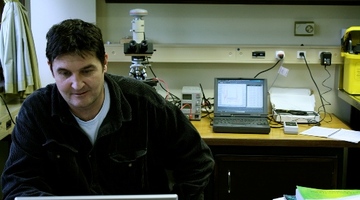
Position: Associate Professor, Department of Marine Science, University of Otago. Field: Marine invertebrates. Dr Miles Lamare is a Lecturer in the Department of Marine Science at the University ...
READ MORE
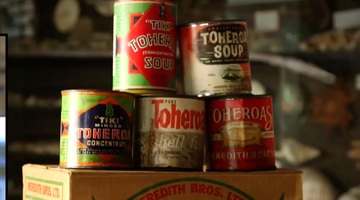
Shellfish numbers have been plentiful for centuries and important kai for Northland Māori, but industrial harvesting and canning had a devastating effect on toheroa numbers. I ngā wā o mua ko te ...
READ MORE
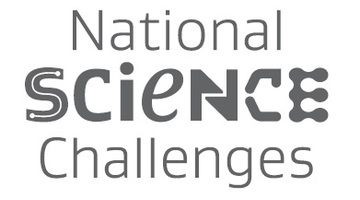
As New Zealanders looking to the future, we are faced with many opportunities – and challenges. These include improving the health of all our people, advancing our economic growth, protecting our ...
READ MORE

This activity explores the life cycle of green-lipped mussels and encourages students to research the methods by which they are farmed in New Zealand. It provides the opportunity to use a Venn ...
READ MORE

In this activity, students observe green-lipped mussels to determine the impact of pea crab infestation on their size and weight. Purpose This activity will enable students to identify key ...
READ MORE

In this activity, students play a card game that models the journey of a male pea crab (a parasite of green-lipped mussels) from his mussel host and back again. Purpose This activity will help ...
READ MORE
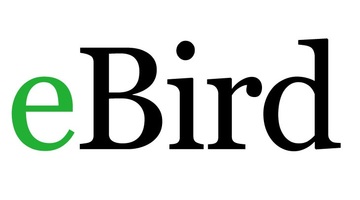
This comprehensive worldwide online citizen science (OCS) project collates bird species, numbers, locations and times of sightings into a large database. You can create a class as a user and, by ...
READ MORE
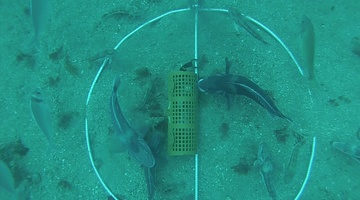
Come and visit Aotearoa New Zealand’s underwater world in this online citizen science project. Discover, count and identify unique fish species that live within our marine reserves ...
READ MORE
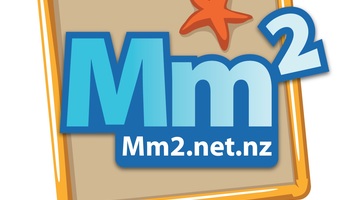
Marine Metre Squared is a New Zealand citizen science project that supports communities to monitor their local seashore. The project has been designed to provide meaningful, valid environmental ...
READ MORE
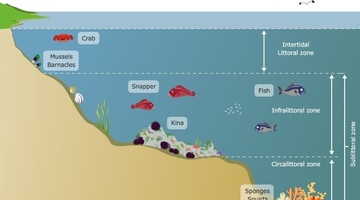
The rocky shore is a popular topic in primary school science. Below are some Science Learning Hub resources for primary teachers related to the rocky shore in the Living World strand of the New ...
READ MORE
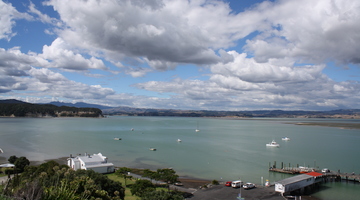
With 75% of New Zealanders living within 10 km of the coast, many students will be familiar with estuaries. In scientific terms, estuaries are the interface between the land and the sea – the ...
READ MORE

In this online PD session recorded on 30 July 2015, primary school teacher Angela Schipper describes how she used the Butterflies resources from the Science Learning Hub in the classroom. In ...
READ MORE
Andrew Swales talks about the E-MAP (Estuary Monitoring Action Plan) he designed to support iwi or community groups to formulate a plan and set objectives for monitoring their estuary.
READ MORE

Andrew Swales, Apanui Skipper and Weno Iti discuss their roles in the development of the toolkit. Andrew led the development while Apanui provided the Māori component – helping to identify the ...
READ MORE

Andrew Swales explains Ngā Waihotanga Iho: Estuary Monitoring Toolkit for Iwi. He talks about what it is – a collection of tools – and what it is intended to do – measure physical and biological ...
READ MORE
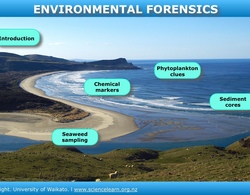
Dr Candida Savage explains the clues she collects in estuaries and fiords, to understand how changes in land use affect these environments. Click on the labels to watch the videos for more ...
READ MORE
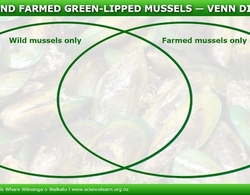
Use this interactive to illustrate the key similarities and differences between how wild and farmed green-lipped mussels live. Place each label where you think it belongs. This activity can be ...
READ MORE

Mussel reefs are biodiversity hotspots.
READ MORE